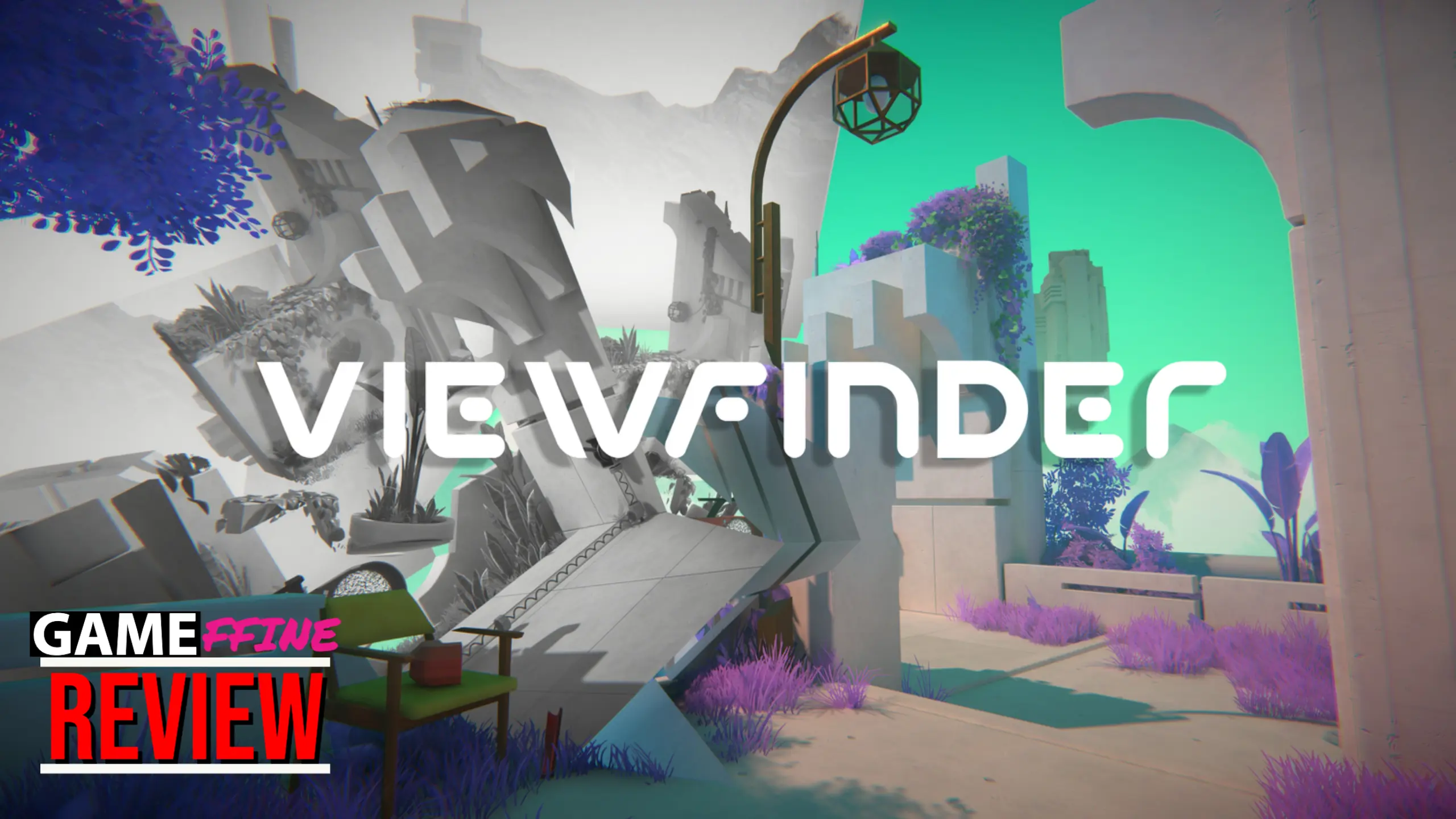Upon being thrown into the gorgeously pixelated and eerie world of MO: Astray, I wasn’t sure what to expect as I took control of the seemingly harmless tiny blue blob. As I bounced away from surface to surface, what unfolded before me was a science experiment gone terribly wrong, a journey transcending space and time, and a zombie apocalypse. Developed by Archpray Inc. and published by Rayark, MO: Astray is definitely a sci-fi platformer that is more than meets the eye.

It’s a Slime World After All
You play as the titular MO, a slime blob guided by a female voice who is apparently “running out of time.” As MO learns to take their first few steps and jumps, we’re made aware of the fact that the mission we’re on is the reason for MO’s birth. What follows is the road ahead to finding out answers as to what happened in this desolated and monster-ridden world we’re roaming, who exactly the voice leading us is, and MO’s true origins.
The storytelling in MO: Astray is by no means linear, and it’s more or less up to the player to put together the various pieces given along the way. Blurbs of information can be found in a number of different ways. Slime fragments will contain a text of dialogue or thought process from the past and are normally in a hidden away crevice. There’s also the voice watching over us that will occasionally pop-up in to have a one-sided chat. Although, since it’s not exactly voice-acting and just a bunch of oohs and aahs, I had a hard time concentrating on the narrative text at the bottom of the screen as I was mostly trying not to die.
Usually, after you finish a ‘chapter’ from the game which is beating the boss at the end of a level, you’ll come across a file which narrates events in a comic book-like fashion. By far, what I thought was an intuitive mechanic for storytelling was memories that could be extrapolated from enemies lurking around. MO has the ability to jump on an enemy’s head and read their minds, which usually will give some background on who they were before they were turned into a monster, and what their thoughts were from that time. This actually makes you sympathize with their former lives instead of just painting them as mindless creatures.
Without spoiling much of the story and final ending, there’s quite a bit of substance and lore to the grim world of MO:Astray, and quite the backstory behind the adorable slime.
MOving Around
Movement in MO:Astray is fairly simple, you use the L-shoulder button to jump around and stick to walls, and the R-control stick to aim. Not too complicated, right? That’s what I initially thought as well and later realized the earlier levels were granting me mercy.
MO:Astray offers your standard varying difficulty levels, which can be changed at any point in the game if you wish so. What’s interesting to note is that the developers eventually added in an easier mode so that players could enjoy the game in its entirety, an inclusion that is much appreciated.
On my playthrough on normal mode, there were plenty of times where even a slight misinput would instantly kill me, thanks to the various murderous plants growing on the walls. What did alleviate my rage, however, was the fact that respawning didn’t inflict any punishment, and that there’s a good abundance of checkpoints. If the mode you’re on is presenting as too little or too much of a challenge, there’s even the option of switching up the difficulty. Trust me, if it weren’t for sheer spite, I would have changed to easy mode. Of course, each time I was sighing out a breath of disappointment after getting killed, it was at my own mistake.
One thing I can’t complain about is how cleverly twisted the gameplay can get at times. Apart from using the heads of dead bodies as jumping-off points, there are even little slime blobs you can control with your mind to do your bidding, only to have them be sacrificed for your progression.
Of course, the puzzle elements are equally admirable. Careful timing and patience are key in this game. There’s even an entire segment that requires you to be as slow as possible while latched onto an enemy, because their knees are too weak. It’s tiny additions like this that really make the mechanics synchronize harmoniously with the story.
I should point out that albeit a platformer with some features of the genre, MO: Astray is not a Metroidvania game, and barely has any, if at all, backtracking. Depending on your tastes and preferences, that works either for or against your favour.
Pixel Perfect
As a side-scrolling platformer, MO: Astray’s pixel art doesn’t quite use the techniques and style that is traditional, rather takes on a very clean look that from a distance even looks like regular 2D. Its darker hues and tones do a fine job of complementing the story, with MO sticking out on the screen as a bright ball.
The music is more subdued and quiet, perfectly capturing the essence and loneliness of the world it’s set in. I found it is enjoyed best with headphones, as is aptly mentioned at the beginning of the game.
The comic-book bits of exposition, while highly contrasting to the pixel art style, added a pretty touch to the story, and depicts character details that otherwise couldn’t have been done quite as well in pixel art.
Real Talk
Overall, MO: Astray is teeming with brilliance in every aspect. It’s devilishly difficult, innocuously gory, and well crafted. It’s a must-play for any platformer aficionado, and at a price tag of $15 on the Nintendo eShop is befittingly priced for a game of its caliber.





